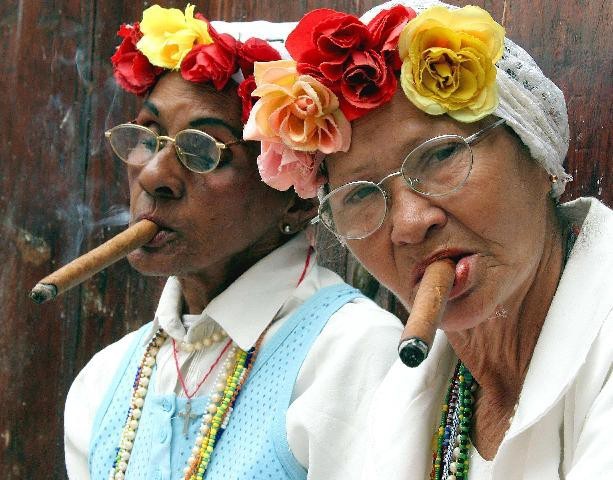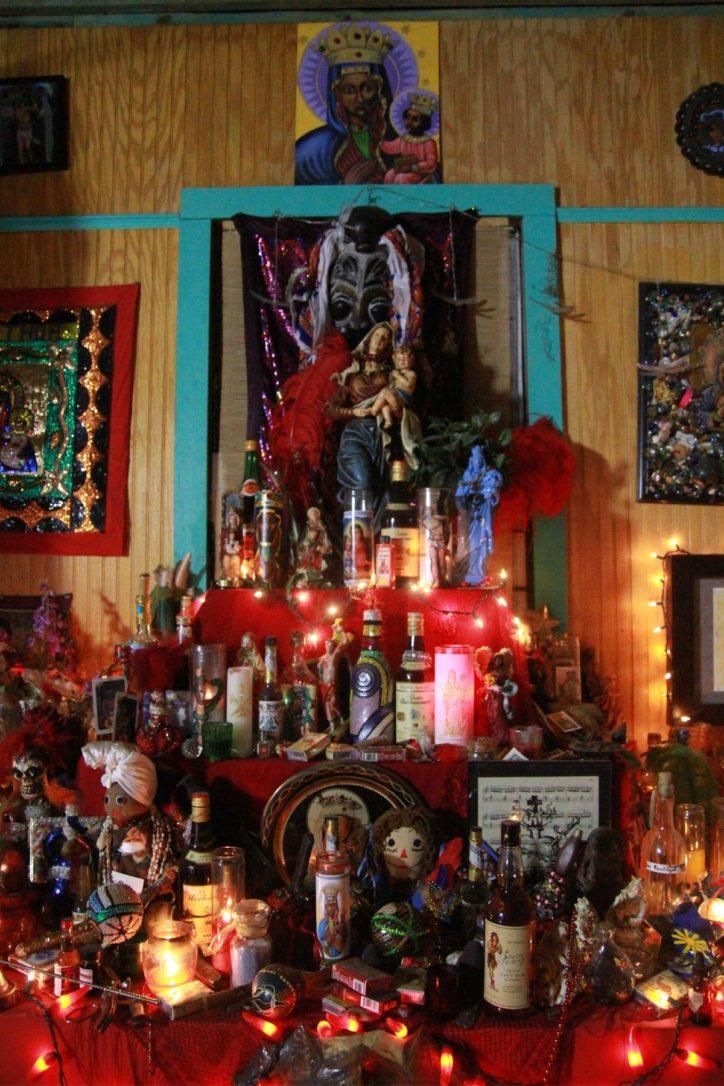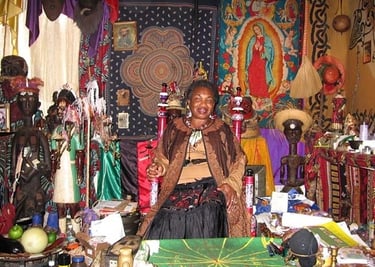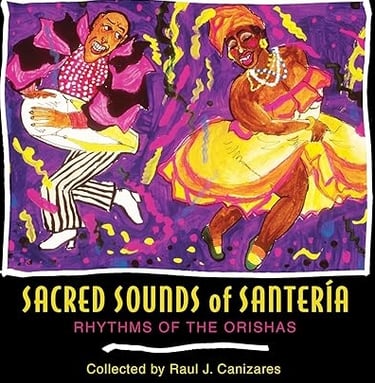Contemporary Relevance
In modern contexts, Santería continues to offer practitioners tools for coping with social and psychological challenges. It provides a framework for understanding and navigating life's adversities, promoting healing through spiritual practices. For many, belief in the Orishas (or Chango, Oshun, etc..) embodies hope and agency, reinforcing the idea that individuals can influence their own fates through their relationship with the divine.
Furthermore, as globalization encourages cultural exchanges, Santería has garnered interest beyond its traditional boundaries, leading to a revival of Afro-Caribbean spiritual practices. In contrast to this revival, an emergence of Hoodoo has been in circulation. Ah, the tangled web of
spiritual practices! It's like a buffet of beliefs where some folks are plating up their thoughts on Santeria and Voodoo, while others might just be diving face-first into a heap of Hoodoo and calling it divine inspiration. They sound more like trippy voodoo hippies, if anything.









